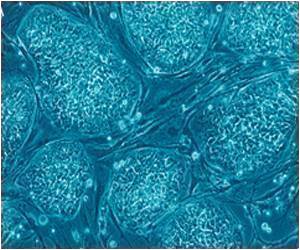Brain groups taste, temperature, and pain sensations together as either pleasant or aversive, offering new insights into the body’s response to pain.

‘The brain is using common cells to represent information from different sensations such as taste, temperature, and pain.’





What happens is a chemical in chili peppers, called capsaicin, causes activation of pain fibers to react like there is heat stimulus in your mouth, so you’ll notice when you eat spicy foods, your body will start to sweat because your body ‘thinks’ it’s overheating.Neural messages associated with pain are partly carried by neural circuits involved with sensing temperature. This would explain, why when you touch a hot stove, it’s burning pain.
There are intimate ties between temperature and pain, and there are intimate ties between temperature and taste and that’s known to have a fairly robust effect on the way we perceive certain tastes.
Building on their previous research that had shown that temperature and taste signals come together in a particular section of the midbrain, the research group used mouse models under anesthesia to artificially stimulate temperature and pain-related fibers, combined with a physiological method to monitor the actions occurring in the brain to determine the connection between these senses.
To do this we used a modern genetic technology where we could insert a protein into these ‘temperature/pain’ cells that allowed us to control these cells with blue light – we could turn the cells on with a light, like a light switch.
Advertisement
This is significant because most scientists that have looked at the taste, they’re usually only studying neural circuits from the perspective of taste.
Advertisement
Through this artificial stimulation of temperature/pain cells and the corresponding taste neurons, they discovered the brain segregated preferable tastes and temperatures from adverse tastes and temperatures. This finding offers new insights into how these senses interact, which could have implications for how scientists understand the brain’s responses to stimuli that cause pain.
The results show that in a midbrain circuit there’s a very orderly representation of taste and temperature hedonics – whether or not something is pleasurable or aversive – dependent on input from these temperature/pain cells.
Since pain has ties to temperature sensing, these results might provide clues as to how temperature or pain signals might interact with other senses, which could be important for developing novel therapeutic strategies for pain management.
Source-Medindia










